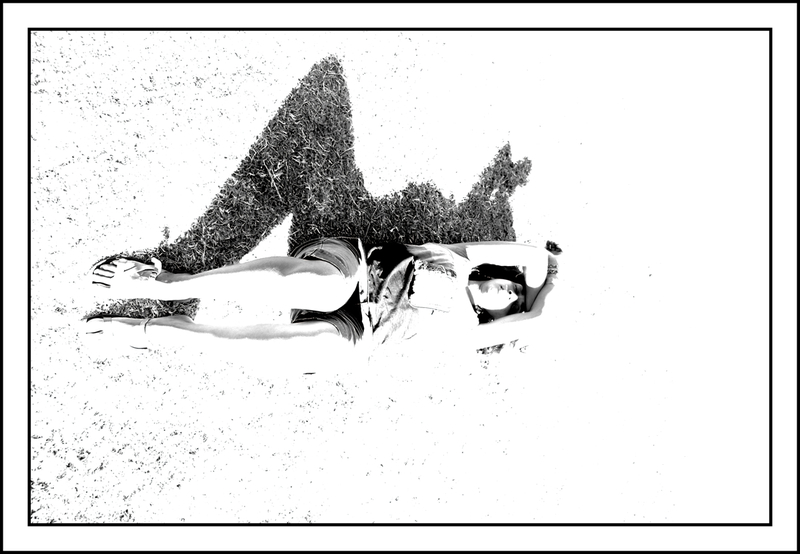"..the desire for upward mobility and its manifestation in the lawn. As Virginia Jenkins, author of The Lawn, put it quite bluntly, 'Upper middle-class Americans emulated aristocratic society with their own small, semi-rural estates.' In general, the lawn was one of the primary selling points of these new suburban homes, as it shifted social class designations from the equity and ubiquity of urban homes connected to the streets with the upper-middle class designation of a "healthy" green space and the status symbol that is the front lawn."
Matthew J. Lindstrom, Hugh Bartling, Suburban sprawl: culture, theory, and politics (2003), p. 72, quoting Virginia Scott Jenkins, The Lawn: A History of an American Obsession (1994), p.21.
Paul Robbins and Julie T. Sharp, "Producing and Consuming Chemicals: The Moral Economy of the American Lawn", Economic Geography 79:4 (2003), p. 425-45; reprinted in William G. Moseley, David A. Lanegran, Kavita Pandit, The Introductory Reader in Human Geography (2007), p. 323-36.




